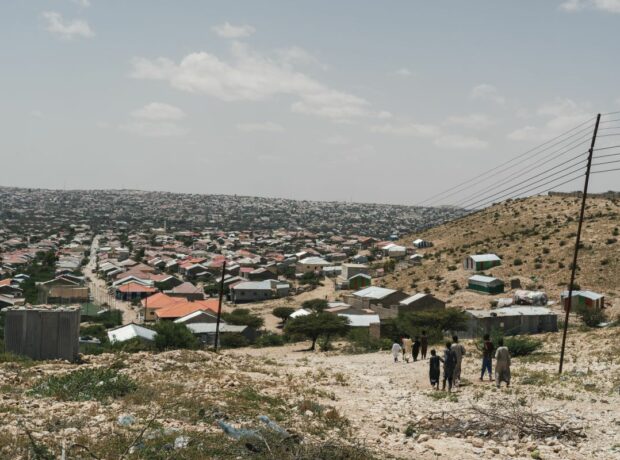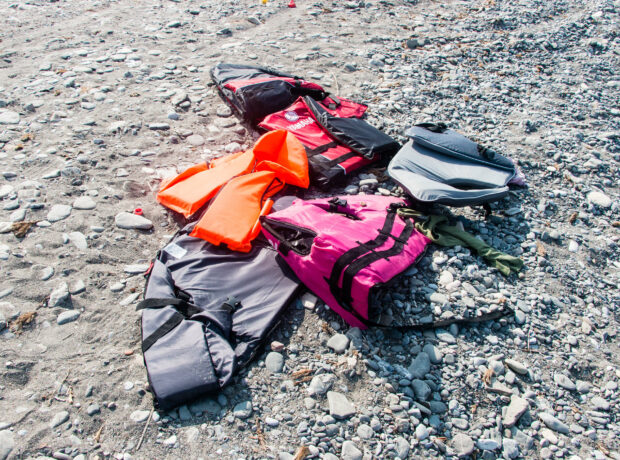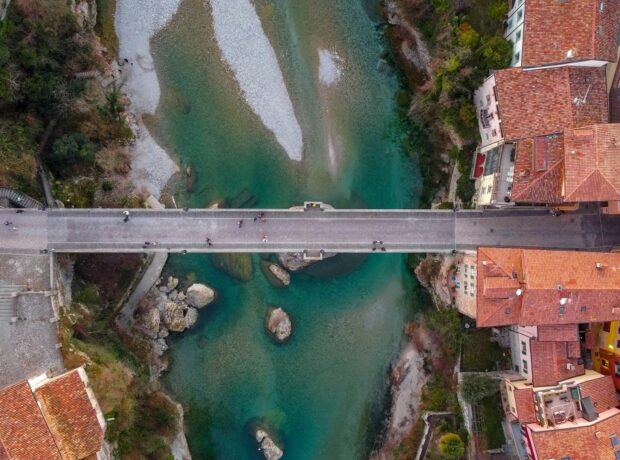Survivors of human trafficking are sharing their stories in a participatory photography project, using pictures to express the experience of being sold into captivity.
The women, aged 18 to 30, from West and East Africa and Eastern Europe, have created a series of photographs to speak to an experience suffered by millions of unheard survivors around the world.
Each image carries a striking caption that expresses the photographer’s feelings and, often, recounts her story of being sold and then trafficked across deserts and borders in trucks or by boat.
Leila Segal, director of the Voice of Freedom project, said: “We are facilitators, creating a space, but the participants are bringing the content and leading the direction. The project is about amplifying their voices.
“Usually they’ve been in a position of poverty – perhaps their parents have died leaving them homeless or being taken care of by a distant relative – which leaves them vulnerable in their home countries to meeting a trafficker who either pretends to be a boyfriend or offers them a chance to work abroad and improve their lives. That person then literally sells them to someone else, into captivity.”
The project, which has worked in collaboration with Amnesty International, the Helen Bamber Foundation and Anti-Slavery International, is not intended as art therapy but it does empower the women to re-frame their stories in their own creative style (similar to the Spiral of Containment project which works with survivors of rape).
Leila said: “To tell your own story on your own terms when you’ve been invisible and disempowered puts you back in control. That’s really important for these women whose sense of agency has been completely taken away. This work gives that back, supporting them to communicate their story publicly to the world.
“It’s also empowering to be able to share your story with other people who have been through similar experiences. It’s a chance to step back and emotionally evaluate what you’ve been through – a chance women in this kind of situation often don’t have.
“What they have been through is terrible, but if they feel that experience can be of use to the world to help prevent suffering and promote understanding, that makes them feel their experience was not purposeless.”
A selection of the images are featured below.
Trigger warning: These captions contain experiences of torture and gender-based violence.
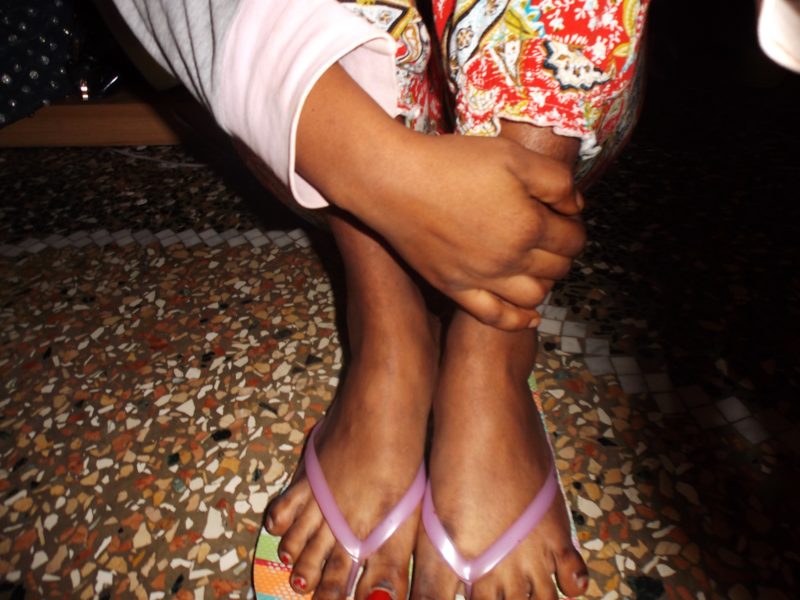
⬆Efe Bella, 22, from Delta State, Nigeria: “This picture reminds me of the journey, when we were about to enter the desert. When they put us in the hilos [truck], that’s how we sat. I saw them start arranging people and I was afraid.
“Even on top of the sea, this is how I sat, and I cried throughout. Almost 12 hours in the boat. We are more than hundred. We can’t see the sea because girls have to sit in the bottom of the boat.
“I sit like this whenever I am depressed. My dream is to become an accountant but because of the situation we are in now, we can’t easily access education. If you want to go to university you need resources, back-up, connections. But you just turn out to be – black.”
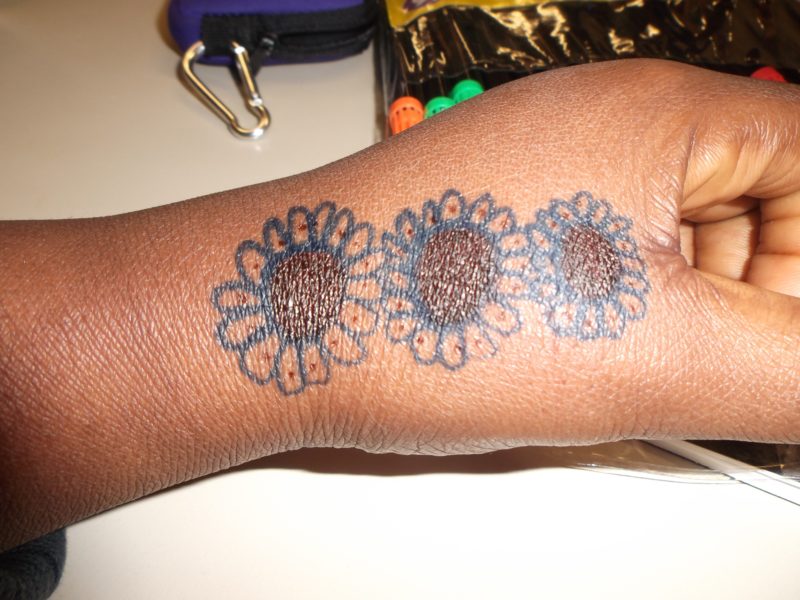
⬆Greatness, 24, from Benin City, Nigeria: “I thought I was going to Europe, not Libya. Libya was never my destination.
“They said I’m going to use my artistic handiwork to work here in Europe. They said that whites don’t normally do it – so it’s the blacks who make cakes, decorations, marriage parties. They said, if I come here, I’m going to do that.
“My trafficker was not a woman, it was a man. When he take me home, he said I should follow his sister to go to work. He say I’m going to see the work when I get there.
“I want to use my hands to work, not my body. So I said, ‘This was not the agreement.’”
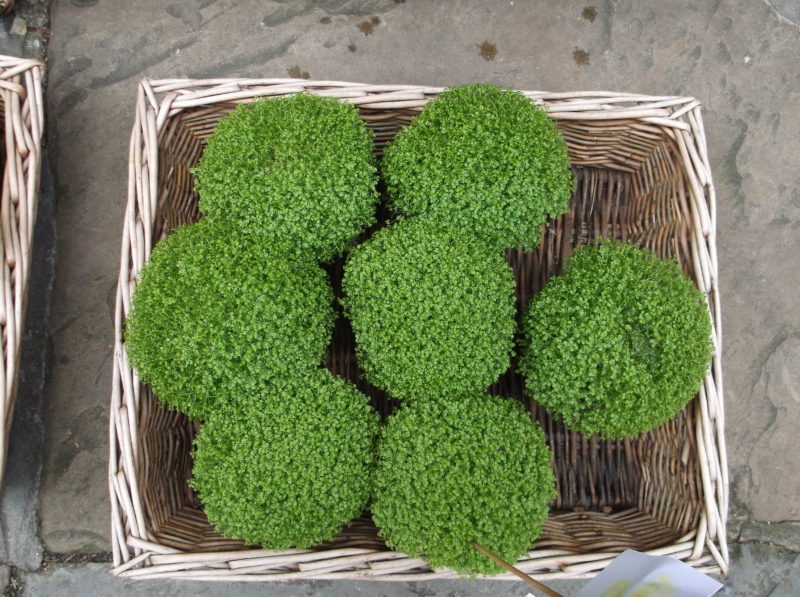
⬆Bibi: “Most things you see in London are coloured red. Most of the things in the country I come from are green.”
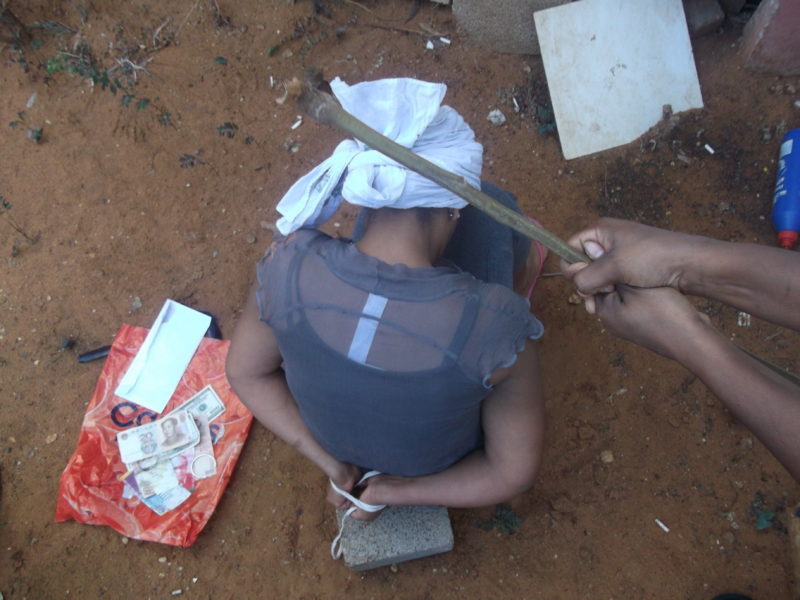
⬆Self-portrait by Desta Getaneh, early 20s, from Ethiopia: “Refugees who pass through this experience are really different – although we are human beings and we have our bodies on us, the people who pass through the process are really new. They have a different personality though they look the same.
“I left my home because I was taking care of myself from the age of 10, the year that I matured. And at 10 I was supposed to get married: I was promised to a man. I was on my own and I came to live in Addis Ababa.
“When I was 20, I met a man who had worked in Sudan for some time – and seeing my situation he suggested: ‘You could improve your life, you could go and work in Sudan and then come back to Ethiopia and learn – you know, improve yourself.’ I said, ‘yes, ok, if that’s possible’ because I was in difficult times. So from Addis I left with him. We went to a place called Gondar, which is 700km from Addis; and in Gondar, in my own country, he sold me. I thought he was going to take me to Sudan but he sold me to another person.
“Of course I’m not ashamed of having been trafficked. There are so many people who are ashamed of it and don’t want to tell the story, but I’m not. People have to learn from this experience and I’ll tell it. With these few pictures and what will be written on them, other people can potentially learn.”
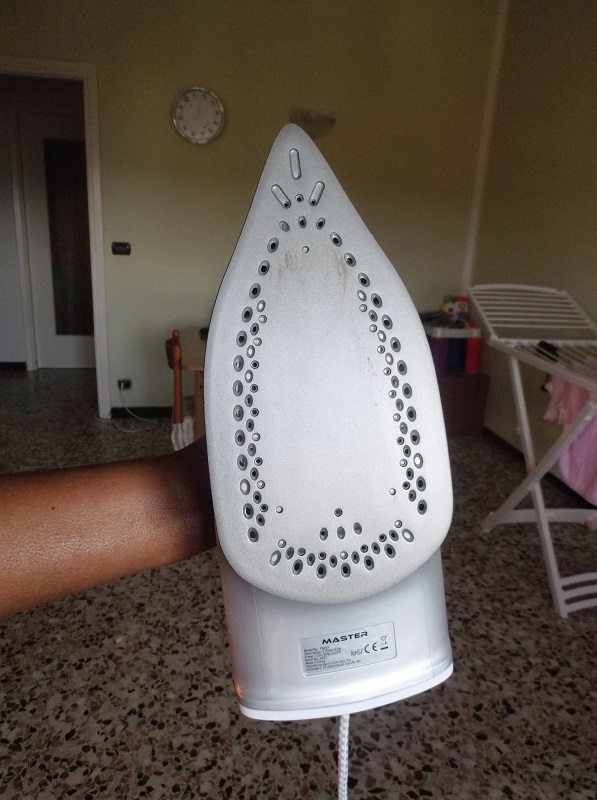
⬆Emmanuel Joyce, 24, from Edo State, Nigeria, was sold in Mali by an aunt: “Many people use this to iron clothes. But there is another thing they use the iron for.
“Most of the madames that brought girls to Europe use the same iron to maltreat people. They use it when the girls refuse to pay the money. They will plug the iron and put it on her body.
“Even a friend of mine, she showed me her back where her madame plugged the iron and press it on her. It is very bad for a human being to use an iron that is plugged, to put it on someone’s body, all in the name of money.”
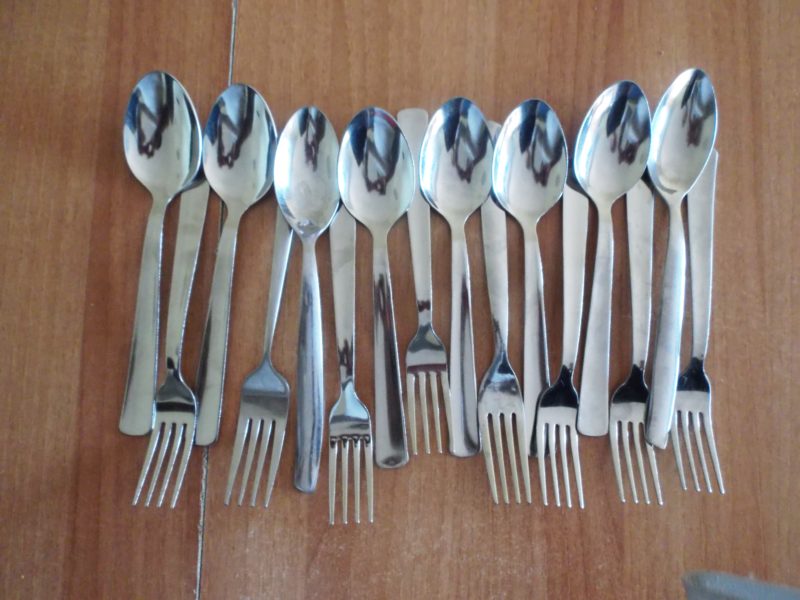
⬆Emmanuel Joyce: “I took this picture for two reasons. The first reason is, when I was in Libya, when we were in ghetto, we slept like this. No fresh air, nothing nothing. Some people even died there.
“And the second reason why I took this picture is, this is how people died in the boat while crossing to Europe.”
Find more of the images created by the women in the gallery below.
All photographs are copyright of the photographers and are not to be reproduced or shared in any form without prior written permission from project director Leila Segal.
- For content like this direct to your inbox monthly, subscribe here.


















